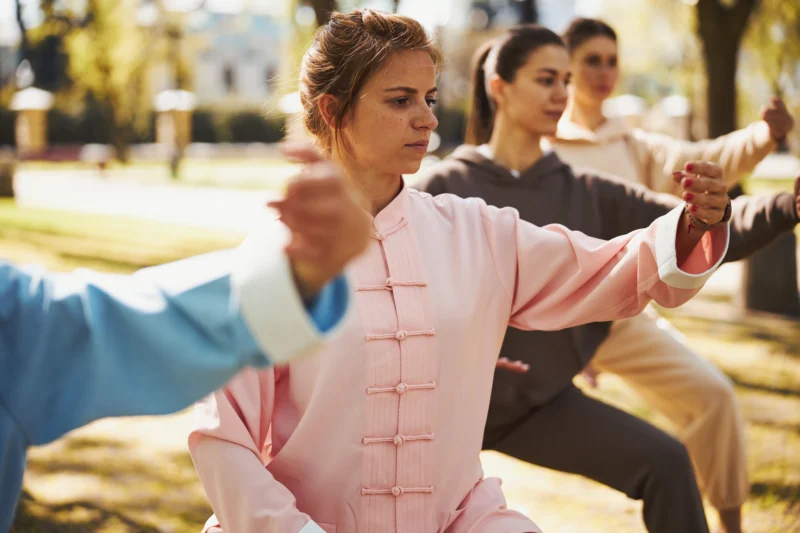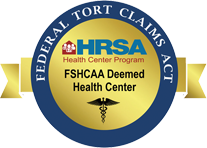The key fundamentals to good health are the standard answers: diet and exercise. The trick is finding changes that can endure the test of time and be continued throughout one’s lifetime. I like to encourage small changes that will be maintained. There is truth in the saying use it or lose it.
I recently had the opportunity to take my first cruise where they offered daily, morning Tai Chi lessons. This was a great opportunity to be able to practice Tai Chi in person. It was much better than apps on my phone; someone in person I could see and follow.
Tai Chi is an Eastern art form, that combines gentle movement with controlled breathing. It is a form of activity that is generally considered safe, with limited injuries. Long term use shows the best results. Sedentary people will notice improvement within weeks of regular practice. There are several different types and forms of Tai Chi, but they all show equal effectiveness.
Research has shown Tai Chi has many benefits, including in preventing falls and fear of falling in older adults, improved pain control in patients with osteoarthritis, improved mobility and balance for patients with Parkinson’s Disease, improved exercise tolerance in patients with Chronic Obstructive Pulmonary Disease (COPD), and improved cognitive function. This included better attention and processing. Research has also shown positive improvement in conditions of depression with improved depression scores. Cardiac and stroke rehabilitation found benefits for patients who could not attend rehabilitation services due to location. Benefits were seen for women with coronary artery disease and elderly patients. Patients with cancer reported improved quality of life.
Tai Chi research is showing some promise in the areas of decreasing stroke risk, helping anxiety, decreasing lower back pain, improvement of balance and quality of life. There are suggestions for improvement in mental health disorders such as schizophrenia, post-traumatic stress disorder and attention deficit disorder. There are a few studies that are looking into benefits for patients with spinal cord injuries and traumatic brain injuries, along with helping improve neck mobility for patients who have had surgery for neck cancers.
Movement is key to health. Tai Chi has shown that consistent practice can improve balance. Improved balance decreases the risks of falls, which becomes a greater concern each year that we age. It can improve our aerobic capacity, especially for those of us who do not move much during the day, either due to their employment or overall lack of activity. You can enjoy improved strength and flexibility. This will improve your overall well-being and sleep. We know that increased activity and improved sleep can also support our immune system.
Overall, the recommendation is to increase movement. Tai Chi can be a great starting place that is not too stressful on the person or the body. It is recommended at least twice a week. The important thing is to move and move consistently. There are no medications that can make up for lack of activity. If you miss today, remember tomorrow is another day to start again. Your health depends on you. Diet and activity will do much more than medication alone for your overall health.
Laurie Nate is a Family Nurse Practitioner at Health West Preston. She earned her nursing degree at Idaho State University and her family nurse practitioner license at Graceland University. She has more than 25 years of nursing experience and enjoys living and working in rural areas.
Resource:
Huston P, McFarlane B. Health benefits of tai chi: What is the evidence? Can Fam Physician. 2016 Nov;62(11):881-890. PMID: 28661865; PMCID: PMC9844554.







